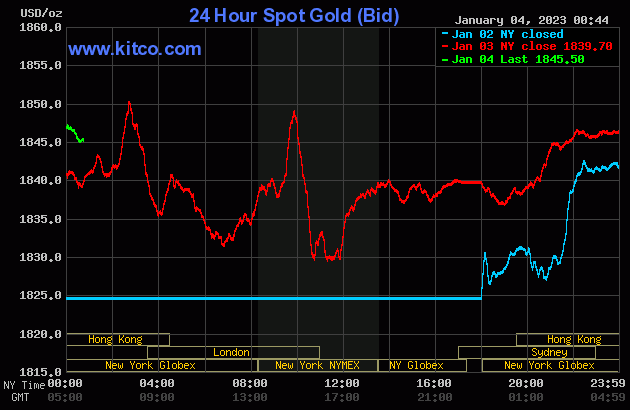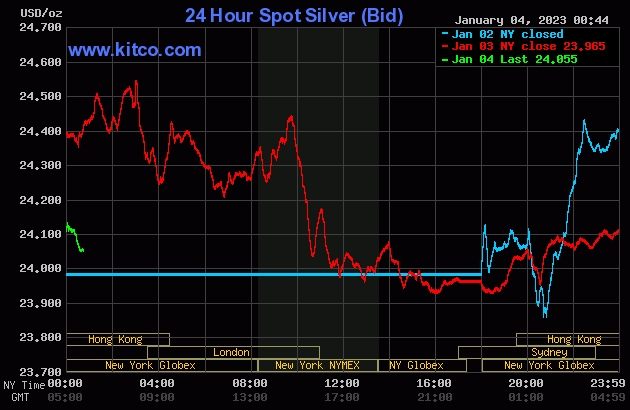The Top Marketing Trends of 2023: What You Need to Know

Introduction
The digital world has changed the way we do business. For some companies, this means adapting to new trends that can help them reach their target audience while creating brand loyalty. For others, it means falling behind or struggling to keep up with competitors. In this article, we'll take a look at some of the biggest marketing trends for 2023 and how you can use them to your advantage.
Why traditional marketing models are broken
Traditional marketing models are broken. It’s no surprise that digital marketing is more effective than traditional marketing, but it’s also more cost-effective. Digital has a much higher return on investment (ROI) and can be used to scale your business beyond what you would have been able to do with traditional methods.
The benefits of digital marketing don't stop there though; these days, we're seeing that companies who invest in new technologies like artificial intelligence (AI) will thrive while their competitors falter behind them because they're not keeping up with the times.

Here are some reasons why:
-
Traditional Marketing Is Not Scalable – Social media allows you to reach thousands of people at once using just one post—and you don't need an army of employees or expensive equipment! You can also use social media apps such as Snapchat where your audience is younger than Instagram's average viewer age (25–34 years old).
-
Traditional Marketing Is Not Measurable – There's no way for you to know exactly how well your ad campaigns are doing unless someone comes back later saying "hey thanks for advertising my business!" This makes it hard for marketers because they don't know if anyone saw their content before deciding whether or not it was worthwhile giving money away by creating ads in order promote themselves; thus making purchasing decisions based only on gut feeling instead of actual data points collected from research surveys completed by previous customers could cause companies lose money unnecessarily over time due misalignment between expectations/needs versus reality which leads down path towards bankruptcy within five years after launch date originally planned out ten years ago when first meeting took place between stakeholders during annual planning process conducted quarterly throughout year prior launch date set back then moved forward several months earlier due unforeseen circumstances developed leading up until today–things happen faster now than ever before so plan accordingly."
What marketing trends will dominate this year?
AI-Driven Marketing
We're no longer in the digital marketing world of 2017, where a website and an email list are all you need to get started. If you're not already incorporating AI into your marketing strategy, it's time to start. AI can drive personalized experiences for customers and help them achieve their goals across channels—not just one channel at a time. It also helps reduce repetitive tasks so that you have more time to focus on growing your business while AI takes care of the rest.
Customer experience (CX)
Customer experience (CX) is the new marketing. It's more than just a buzzword or phrase—it's the focus of your marketing strategy in 2023. Customer experience is not just about acquiring customers, it's about keeping them. In the past few years, marketers have shifted their focus from attracting new customers to retaining existing ones through improving CX and increasing loyalty.
The reason why this shift has happened is simple: consumers are demanding more from businesses than ever before. As technology continues to advance at an exponential rate, our expectations as consumers increase as well. We want products that are customized to suit our needs and desires; we want services that go above and beyond what was promised; we expect companies to be responsive when something goes wrong; we expect brands to understand who they're selling too based on their previous interactions with them online…and so on!
Omnichannel marketing
Ominchannel marketing is the future of marketing. It's a multi-channel approach to marketing, where your customers can interact with your brand across all channels—social media, email, email newsletters and print publications.
Omnichannel marketing requires a seamless experience for customers: They shouldn't have to jump in and out of different websites or apps to get what they need from you. In addition, omnichannel marketers must be able to manage customer interactions across these channels in real time so that if something goes wrong (for example, if there's an issue with an order) it can be fixed immediately without much disruption for the customer.
Customer-centricity
Customer-centricity is the new marketing.
It’s the best way to build your brand, and it is a key factor in building customer loyalty.
Customer-centricity is about achieving customer satisfaction through a holistic approach that includes understanding the needs of customers, meeting those needs with products and services that are unique to their needs, and engaging with them as individuals in order to build trust over time.
Voice search optimization (VSO)
Voice search optimization is the practice of optimizing your website for voice search and making it easy for users to find the information they want. By 2023, it's expected that 50% of all searches will be performed using voice input. This means that optimizing your website for voice searches is more important than ever!
Artificial Intelligence (AI) in advertising and marketing
AI is a powerful tool to help marketers. It can automate tasks, improve efficiency and save time. With AI, you can optimize your marketing campaigns better than humanly possible. For example, if you want a campaign that targets customers based on their behavior or interests, it's easy with AI.
AI also allows marketers to create more personalized experiences for their customers (via machine learning). For example, if someone browses your website but doesn't buy anything yet, an AI bot could send them an email about another product that might be useful for them based on what they've been browsing before (and possibly other data points).
Influencer marketing
Influencer marketing is a great way to reach your target market and gain brand awareness. Here are some ways influencers can help you do that:
-
They have large social media followings, so they can use their platforms to promote your business.
-
They're often experts in their niche, which means they know what people are looking for and can help you fill those needs.
Now that we've covered how influencers can benefit your business, let's talk about how to find the right ones for you. First things first; make sure that the person has an audience that aligns with yours (i.e., if they're catering towards women who wear size seven shoes but own cats named Smudge, it's probably not going to work out). It's also important to note that there isn't one type of influencer—there are many different types of influencers who specialize in different things: travel bloggers, fashion bloggers, food bloggers…the list goes on! The main thing is finding someone who fits into one of these categories because those are usually where most brands look when searching for new talent. If you're still unsure about partnerships but want something similar without actually paying anyone anything upfront – try doing some co-branding campaigns instead! These require less investment because anyone involved benefits from increased brand awareness regardless if any money exchanges hands or not."
Brand video content/storytelling
Brand video content/storytelling
Video is the most engaging form of content, with more than 95% of viewers preferring interactive video over static images. And with advances in AI, the line between what's real and what's fictional has become increasingly blurry. The result? Video becomes a vehicle for brands to tell their stories in new, exciting ways that can change how customers perceive them—and therefore how they feel about purchasing from them. For example, in 2023 when you want to buy an expensive piece of furniture from Ikea (which will still be around), it won't just be about making sure that specific model fits into your living room; it'll also be about how well its story fits into yours—whether through its design aesthetics or its environmental sustainability initiatives or both!
In addition to telling immersive brand stories through video content creation tools like animated GIFs or 3D models that allow users to zoom in on details (like those used by Google Maps), marketers can now create animated characters based on their own faces using artificial intelligence technology like [Amazon Rekognition](https://aws.amazonwebservices.com/rekognition). This allows companies like Uniqlo Japan which launched an online fashion show starring virtual versions of themselves earlier this year using Amazon Rekognition technology as well as Apple’s Memoji feature available within Apple Music app for iPhone users worldwide since June 2019!
Content marketing trends and tools to adopt in 2023
Content marketing is a long-term strategy. It takes time and effort to build a loyal audience that trusts your brand, but the payoff is worth it. By creating relevant content that’s valuable for your customers, you can build trust with them (which leads to conversions) and generate more traffic back to your website.
Content marketing tools:
-
Infographics – A great way to communicate complex ideas in an easy-to-read format
-
Videos – Video content has been shown to increase engagement by 80% compared with text content alone
-
Podcasts – Podcast listeners tend to be very loyal, so building a podcast following will help you attract new clients over time
Online courses – Online courses are a great way to teach your audience what you know and build trust with them. Interviews – Interviewing influencers in your field can help you build relationships that lead to opportunities down the road. White papers – These are dense but valuable documents that share research on a specific topic. They’re especially useful if you have a long sales cycle and need something to give potential clients right away.
Invest in the right digital resources to increase your ROI.
One of the most important things you can do to improve your digital marketing strategy is to invest in the right digital resources.
It’s easy to get caught up in social media, but there are so many other tools out there that can help you increase your ROI. One way of doing this is by using A/B testing tools like Optimizely and Unbounce, which allow you to test different versions of a landing page or email campaign against each other and see which one performs best before making a final decision.
Conclusion
With the right tools, content, and strategies, you can increase your ROI and engage with more customers. Branding is always important but it's even more so in today's world of instant gratification where consumers expect a personalized experience at every touchpoint.
.png)
Tim Moseley
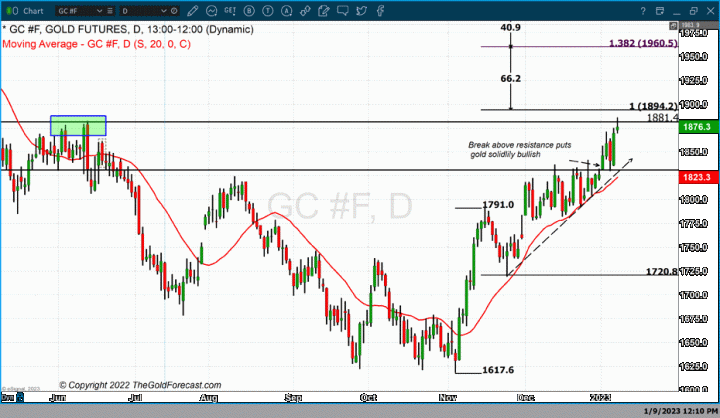
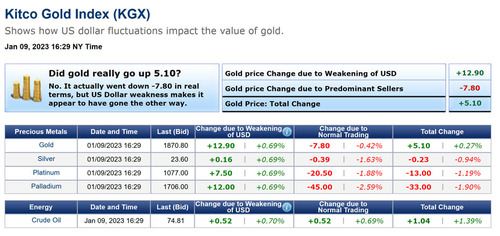
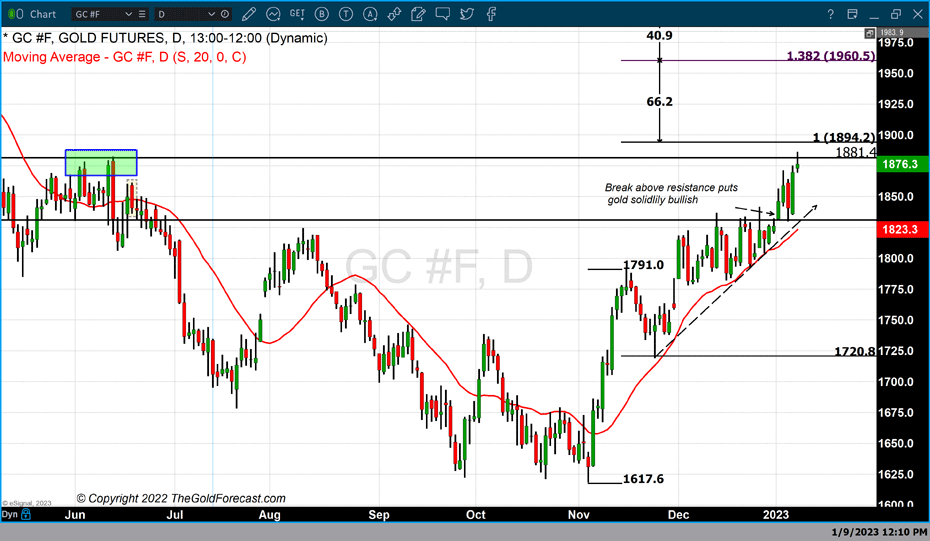



.png)
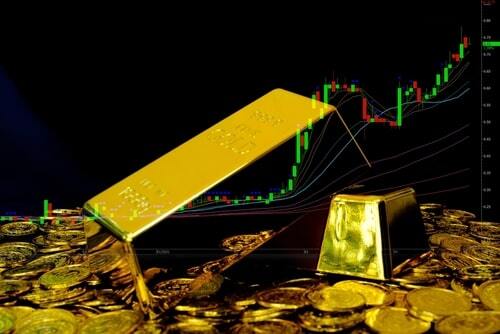


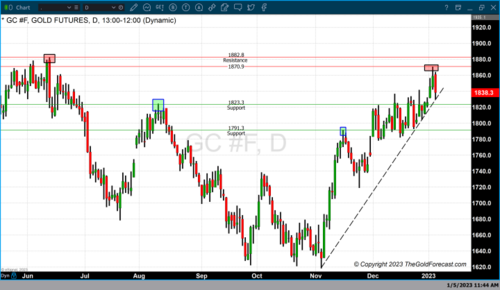
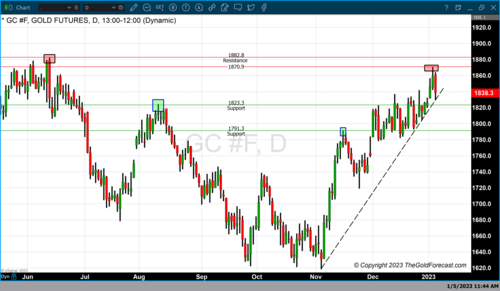


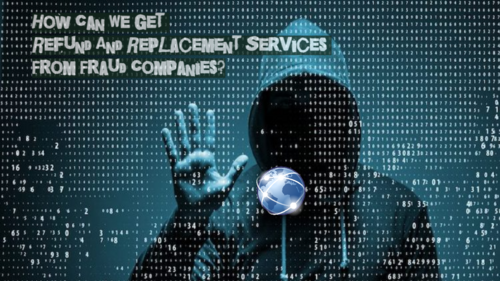


.png)
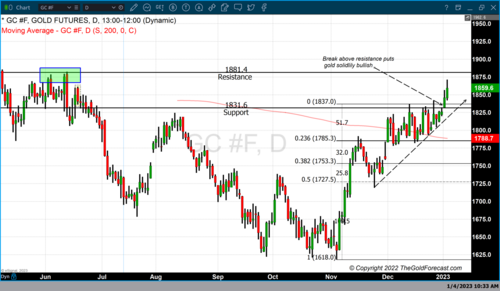
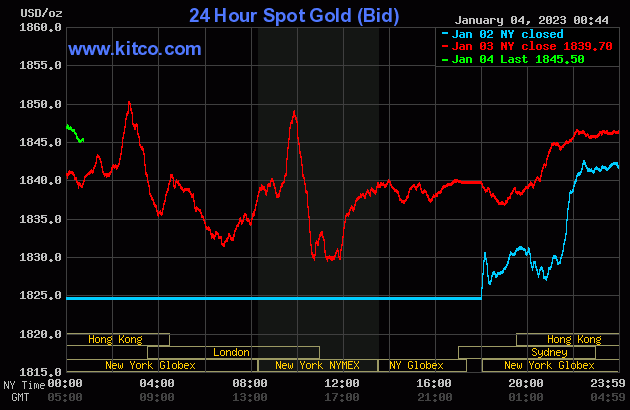
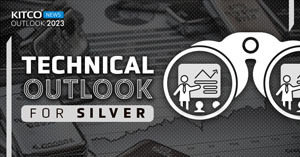 More price upside likely for silver in 2023
More price upside likely for silver in 2023